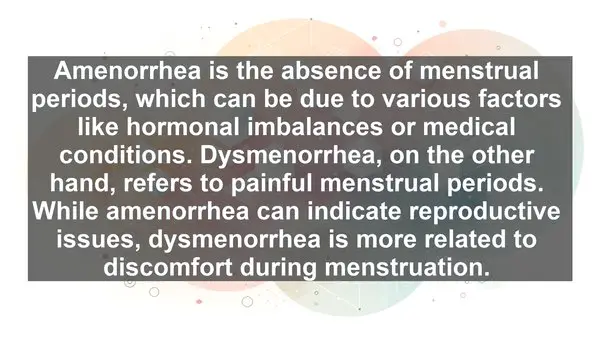Introduction
Welcome to today’s lesson on reproductive endocrinology. In this lesson, we’ll be discussing the top 10 commonly confused words in this field. Understanding these terms is crucial for accurate communication and research in reproductive endocrinology.
1. Ovulation vs. Menstruation
Ovulation and menstruation are often used interchangeably, but they refer to different processes. Ovulation is the release of a mature egg from the ovary, while menstruation is the shedding of the uterine lining. These events are part of the menstrual cycle, but they occur at different times.

2. Fertilization vs. Implantation
Fertilization occurs when a sperm successfully merges with an egg, forming a zygote. Implantation, on the other hand, is when the fertilized egg attaches to the uterine wall. Fertilization is the starting point of pregnancy, while implantation is a crucial step for successful pregnancy.
3. Infertility vs. Sterility
Infertility refers to the inability to conceive after a year of regular unprotected intercourse. It can have various causes and may be treatable. Sterility, on the other hand, indicates a complete inability to conceive naturally. It may be due to irreversible factors and often requires assisted reproductive techniques.
4. Hypogonadism vs. Hypergonadism
Hypogonadism is a condition where the gonads (ovaries in females, testes in males) produce insufficient sex hormones. This can lead to various reproductive issues. Hypergonadism, on the other hand, is the excessive production of sex hormones. Both conditions can have significant effects on fertility and overall health.
5. Amenorrhea vs. Dysmenorrhea
Amenorrhea is the absence of menstrual periods, which can be due to various factors like hormonal imbalances or medical conditions. Dysmenorrhea, on the other hand, refers to painful menstrual periods. While amenorrhea can indicate reproductive issues, dysmenorrhea is more related to discomfort during menstruation.

6. Preimplantation vs. Prenatal
Preimplantation refers to the early stages of development after fertilization but before implantation. Prenatal, on the other hand, refers to the period of development from implantation until birth. These terms are often used in the context of assisted reproductive techniques and monitoring the progress of pregnancy.
7. Gonadotropin vs. Gonadotropin-Releasing Hormone
Gonadotropins are hormones that stimulate the gonads. They can be administered as medications to treat various reproductive issues. Gonadotropin-releasing hormone (GnRH) is a hormone produced in the hypothalamus that regulates the release of gonadotropins. Understanding the roles of these hormones is crucial in reproductive endocrinology.
8. Ovarian Reserve vs. Ovarian Function
Ovarian reserve refers to the number and quality of eggs in a woman’s ovaries. It is an indicator of fertility potential. Ovarian function, on the other hand, refers to the overall hormonal activity and health of the ovaries. Both aspects are important when assessing reproductive health.
9. Intrauterine Insemination vs. In Vitro Fertilization
Intrauterine insemination (IUI) involves placing prepared sperm directly into the uterus, increasing the chances of fertilization. In vitro fertilization (IVF), on the other hand, involves fertilizing the egg with sperm outside the body and then transferring the resulting embryo to the uterus. Both techniques are used in assisted reproduction but differ in the fertilization process.
10. Oocyte vs. Embryo
An oocyte is an immature egg, while an embryo is the early stage of development after fertilization. Understanding the distinction is crucial when discussing different stages of reproduction, from egg retrieval to embryo transfer.
